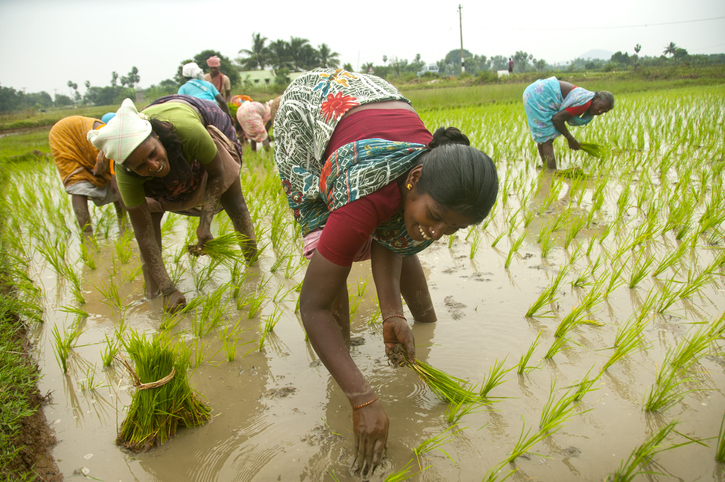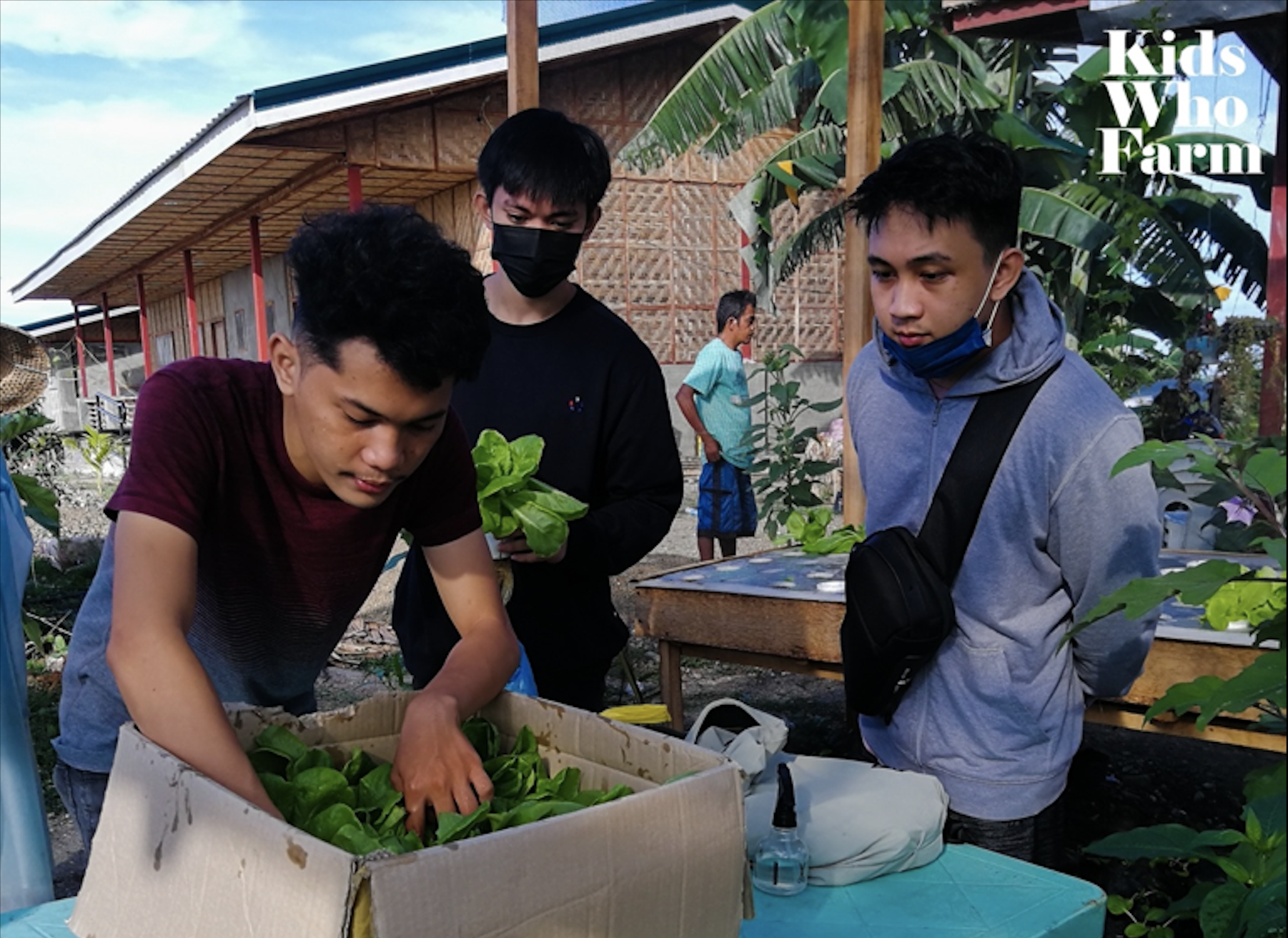Rapid agricultural growth underpins much of Africa’s recent economic achievements. But continued reliance on expansion of cultivated area is not a sustainable pathway to future development: policy-makers must instead focus on improving yields. This column outlines measures to boost productivity growth in African agriculture, including the need for a serious commitment to agricultural research and development. While the private sector will be the engine of investment for agricultural transformation, it is government action that will be decisive in determining the pace of private investment.
First, the good news: African agriculture is transforming
Agricultural production has grown more rapidly in sub-Saharan Africa between 2000 and 2015 than in any other region of the world. That’s impressive and should be widely acknowledged.
Agricultural growth has also contributed greatly to Africa’s economic diversification and the growth of non-farm jobs, thanks to important economic linkages between agriculture and the rest of the economy. The rapid growth of non-farm employment makes it tempting to think that the non-farm sector is where economic dynamism is centered. But this view fails to understand how fundamental agricultural growth has been to the region’s economic diversification and development.
One of the most important benefits of agricultural growth, backed up by substantial research evidence, is that by putting more money into the hands of millions of rural people, agricultural growth stimulates the demand for goods and services in rural economies, and therefore expands the growth of non-farm jobs and incomes.
The bottom line is that agricultural growth has driven much of the economic diversification and off-farm income growth experienced recently in Africa.
Now for the bad news
Africa’s rapid agricultural growth has been driven primarily by expansion of cultivated area rather than by improved yields. This is not a sustainable pathway to development. Even though Africa has over half of the world’s remaining unused arable land, its exploitation would entail massive costs to the environment and biodiversity.
Raising the productivity of existing farmland is clearly the best approach for sustainable agricultural transformation in Africa. Here is what is necessary to achieve it:
1. Get the problem statement right
Development agencies, such as USAID and the Gates Foundation, are realizing that the agricultural sector is a huge system, involving input supply, agricultural finance, insurance, on-farm production, crop aggregation, long-distance transport, processing, retailing, etc.
It is the development of this ‘agrifood’ system that matters. Farmers’ ability to adopt new technologies and sustainable practices will depend on the broader agrifood system providing these technologies and services related to them.
2. Focus on providing the public goods that are most critical for raising farm productivity
Notwithstanding the previous point, the danger of attempting to cover the entire system is to lose sight of the fact that some stages are more important than others as the focus of development assistance.
Farmers’ ability to adopt new technologies depends on the generation and diffusion of new technologies. African farmers are hurt by the fact that their governments spend roughly one eighth as much on research and development per farmer as Asian governments do. No wonder that over the past four decades, crop yields have grown so much faster in Asia than in Africa.
The bottom line is the need to focus squarely on generating and extending improved agricultural technologies and practices suitable for the widely diverse conditions of Africa. In practice, this means improving the functioning of chronically underfunded African agricultural research, development, and extension systems.
3. Improve land tenure security, especially for women and young people
Farm productivity growth also requires land tenure security to improve farmers’ incentives to make long-term investments in the quality of their land without the risk of it being expropriated. Women farmers are particularly vulnerable to such risks.
African land institutions also need to find ways of ensuring that young people have access to land. Due to growing land scarcity in many areas, the role of land inheritance – once considered a birthright of rural youth – is declining. Young people are ever more dependent on land markets if they want to keep engaged, at least partially, in farming.
4. Improve the enabling environment for private investment
It will be the private sector – large capitalized firms as well as millions of micro-entrepreneurs – that will make the investments that propel African agrifood systems forward. But their scope for investment – and the amounts they invest – will be determined by the complementary actions of governments:
- Are governments investing in infrastructure: roads, rail systems, ports, reliable electrification, irrigation, and carrier systems for information and communication technologies?
- Are governments investing in crop science and extension programs to enable their farmers to become more productive and internationally competitive?
- Are governments creating a predictable policy environment that is hospitable to private investment?
While the private sector will surely be the engine of agricultural transformation, it is government action that is most decisive in enabling it. Government action will determine when, how, and how much private investment flows into the economy to power it forward sustainably.
5. Invest in African-led policy analysis capacity
African governments are seeking policy guidance to translate slogans such as ‘climate smart’ and ‘sustainable intensification’ into practical programs and policies. They need to be guided by solid evidence and on-the-ground interactive discussion and guidance – provided by African-led local institutes of agricultural policy research.
Development partners can support this process by offering to match funds provided by African governments for the long-term funding and development of such institutions.
Pre-conditions for sustainable agricultural transformation
The items on this short list are not exhaustive, but they are pre-conditions for sustainable agricultural transformation. With such a focus, and with real commitments by the region’s governments and their partners, I am optimistic that African agriculture will build on its successes over the past decade, and transform itself more rapidly than many could have imagined.






